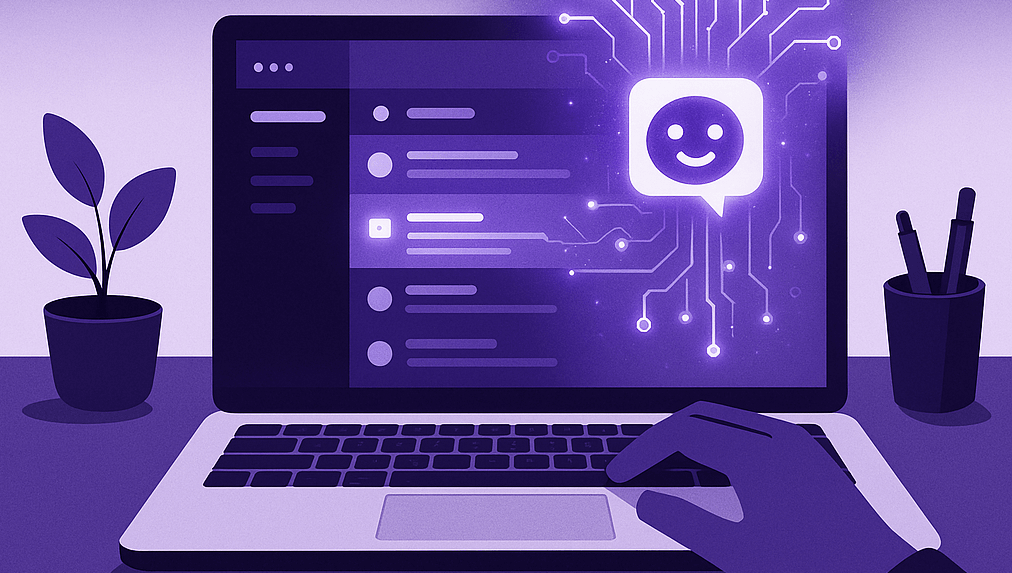“AI is the new Microsoft Office” — these words stayed with me as a powerful wake-up call after reading Shopify CEO Tobias Lütke’s memo released recently.
Not knowing Microsoft Word once cost people jobs. Today, not leveraging AI costs leaders their relevance. Your team is already using these tools without you. Are you directing this transformation or struggling to catch up?
The Core of Office Work
Email management touches virtually every professional’s daily life. We all know that sinking feeling. The vital information you requested last week never arrived. Your frantic inbox search confirms your worst fear as the deadline looms just hours away.
Managing countless follow-up emails becomes a minefield of potential crises. Each dropped thread risks deliverables, deadlines, and valuable client relationships.
How AI Transforms Email Management
I recently spoke with a brilliant leader who showed me his approach to email follow-ups using AI. It is highly practical and immediately valuable.
He replaced sticky notes and unreliable calendar reminders with an AI-assisted system that tracks communications needing responses. The results speak for themselves. No more forgotten threads. Consistent, timely follow-ups. Significantly reduced anxiety. Stronger professional relationships built on reliability.
Finding the Right Human-AI Balance
The key to his success—what many miss when implementing AI tools—was understanding that human judgment remains essential. Several common pitfalls when automating email follow-ups require human intelligence to address.
Context Misinterpretation. Only humans truly understand when an email requires action versus when it’s purely informational. AI systems struggle with unstated expectations like “no news is good news” scenarios or organizational norms around response times.
Relationship Sensitivity. The appropriate follow-up approach varies based on relationship dynamics. Following up with your CEO demands different timing and tone than with a long-term vendor. These nuances require human understanding of relationship history and power dynamics.
Timing Considerations. Humans grasp contextual urgency—when business conditions change, making a matter more or less pressing than when originally sent. We also understand calendars, holidays, and personal circumstances affecting response expectations.
Implementation Guide. Getting Started in 30 Minutes
If you had just half an hour to implement a basic version of this system, here’s how to approach it.
First 10 minutes. Set up email integration with your preferred AI assistant. Many modern email clients now have built-in AI features, or you can use specialized tools designed for email management.
Next 10 minutes. Create simple relationship categories with custom follow-up protocols.
- VIP clients. Follow up within 48 hours with personalized messages
- Internal team. Follow up after 24 hours using casual tone
- Vendors. Follow up after 3-5 days depending on urgency
Final 10 minutes. Build templates for different follow-up scenarios that maintain your authentic voice while saving drafting time.
- Information request follow-ups
- Decision approval reminders
- Meeting scheduling confirmations
Moving Forward
The gap is widening between leaders who embrace AI tools and those who resist them. Getting started doesn’t require technical expertise or massive investments—just openness to new approaches that preserve human judgment where it matters most.
Begin with email follow-up management. Master it. Then expand to other areas where AI can amplify your capabilities without replacing your essential human wisdom.
What email follow-up challenge would you like to solve with AI? The tools are ready when you are. Comment below if you would love more use cases where we collaborate with other inspiring leaders of diverse businesses.

I am good at transforming how you perform by empowering your greatest strengths through strategic AI integration.









